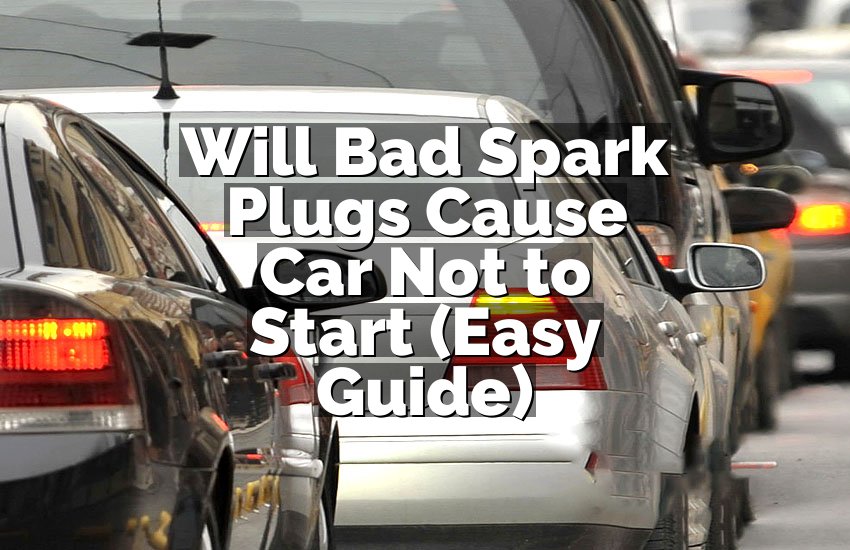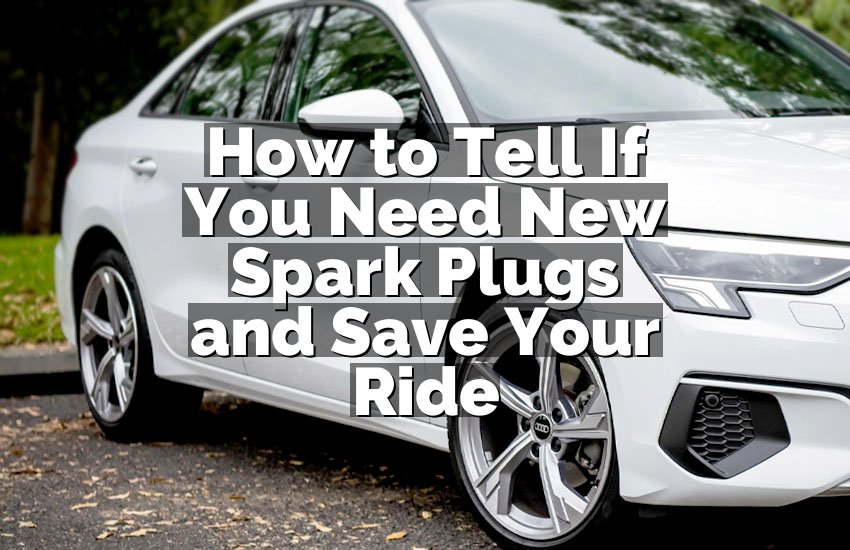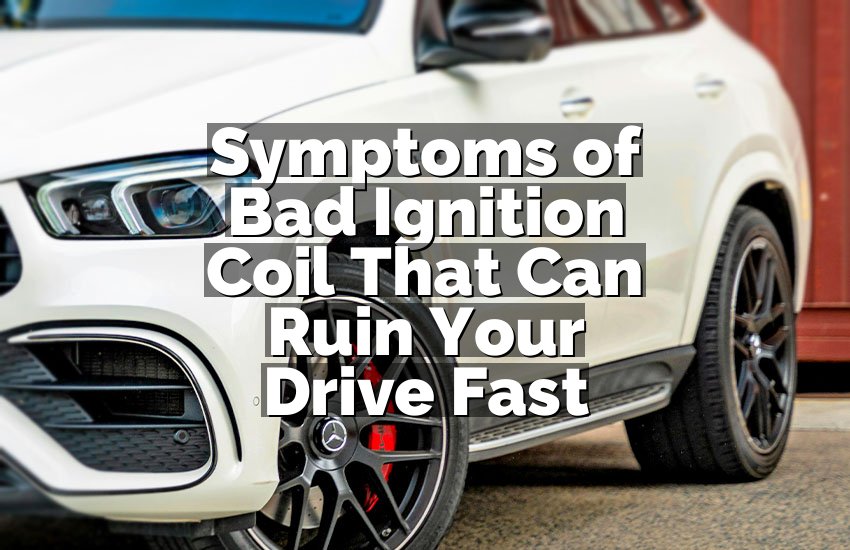Have you ever been cruising down the highway, feeling great, when suddenly your car starts shaking as you hit the brakes? It’s like your car is trying to tell you something! I’ve been there, and it can feel a bit scary at first. Don’t worry, though—this kind of shake usually has a simple cause, and it’s often easy to fix. Let’s break it down step by step and figure out how to smooth out your ride again.
Understanding Why Your Car Shakes When Braking at High Speeds
When your car shakes during braking, especially from higher speeds like 60 to 80 mph, it usually means something in your brake or wheel system isn’t quite right. These shakes are often called “brake judder” and can come from different places. Let’s explore the most common causes and how to handle each one with care and knowledge.
Warped Brake Rotors: A Common Culprit Behind the Shake
Brake rotors are metal discs attached to each wheel. When you press the brake pedal, brake pads clamp onto the rotors to slow your car. Over time, especially if the brakes get really hot, these rotors can warp. That means they get slightly bent or uneven.
When rotors are warped, the brake pads can’t grip them smoothly. Instead, they hit high and low spots, causing that wobbly, shaky feeling in the steering wheel or pedal.
To fix warped rotors, you’ll need to either resurface or replace them. Here’s a simple way to check and clean them:
- Start by safely lifting the car and removing the wheel.
- Inspect the rotor. If it looks shiny with dark spots or feels uneven, it’s likely warped.
- Use brake cleaner and a microfiber cloth to wipe the surface clean.
- If it’s just dirty or has minor debris, this might solve your issue.
- But if the rotor still looks uneven or too worn down, you may need to replace it with a new one.
Remember, always replace rotors in pairs (both front or both rear), so braking stays even on both sides.
Worn Brake Pads: How Thin Pads Can Cause Shaking
Your brake pads are like your car’s gym shoes—they wear out the more you use them. As they get thinner, they don’t press evenly against the rotor. This uneven pressure causes vibration, especially noticeable at higher speeds.
Here’s how you can check and clean your brake pads:
- Remove the wheel and look at the brake pad through the caliper.
- If the pad is less than 1/4 inch thick, it’s time to replace it.
- Before replacing, spray the area with brake cleaner to remove dirt and dust.
- If the pads look okay but are just dirty, clean them with a damp cloth and reassemble.
Old pads can also develop hard spots or become glazed, which makes them slippery instead of sticky. Glazed pads need to be replaced because they can’t grip the rotor well.
Brake Caliper Issues: When Sticking Causes Vibration
The caliper is the part of your brake system that holds the pads and pushes them onto the rotor. Sometimes, a caliper can get stuck due to rust, grime, or old brake fluid. When it sticks, it causes uneven braking force on that wheel.
To check a caliper:
- Take off the wheel and examine the caliper.
- Try to push the caliper piston back in with a C-clamp. If it won’t move easily, it might be stuck.
- You can remove the caliper and clean the sliding pins with brake grease.
- Be careful not to damage the brake lines or allow air into the system.
Sticky calipers are more serious. If cleaning doesn’t work, you may need a mechanic to rebuild or replace the caliper.
Wheel and Tire Issues: Balance and Alignment Matter
Sometimes the issue isn’t in the brakes at all. Your wheels and tires also play a big role. If your tires are out of balance or the alignment is off, they can shake when you brake hard, especially at higher speeds.
Here’s how to check the wheels and tires:
- Look for uneven wear or flat spots on the tires.
- Spin the wheel by hand and check for wobble.
- If the wheel seems out of round, it may need balancing at a tire shop.
- Also, check lug nuts to make sure they’re tight.
A simple wheel balance or alignment job can completely fix shaking. It’s quick, affordable, and makes your ride much smoother.
Step-by-Step Guide to Fix the Problem at Home
Once you understand what might be causing the shake, it’s time to roll up your sleeves and get to work. Most of these tasks can be done at home with a few basic tools. Let’s go through the process step-by-step to make it as easy and safe as possible.
Gather Your Tools and Prepare Your Work Area
Before starting any repair, safety is key. Make sure your car is parked on a flat surface, use wheel chocks, and always use jack stands when working under a vehicle.
Here’s what you’ll need:
- Jack and jack stands
- Lug wrench
- Brake cleaner spray
- Microfiber cloths
- C-clamp or brake caliper tool
- Socket set and ratchet
- Protective gloves and eye gear
Once everything’s ready, remove the wheels and take a closer look at your brake components.
Cleaning the Brake Rotors: A Good First Step
Even if your rotors aren’t warped, they can still gather dirt, rust, or debris. Cleaning them properly might reduce some shaking.
- Spray the rotor surface with brake cleaner.
- Use a clean microfiber cloth to wipe it down.
- Look for any signs of scoring, glazing, or rust.
- If the rotor feels rough or has visible grooves, you may need to resurface or replace it.
Light rust can sometimes be removed with fine-grit sandpaper. Just rub it gently and evenly around the surface, then clean it again before reassembling.
Cleaning and Replacing Brake Pads: Easy and Effective
Once you’ve inspected the rotor, check the brake pads. If they’re dirty or worn, they won’t work right.
- Remove the caliper by loosening the bolts.
- Slide out the brake pads. Inspect the thickness.
- Clean the pads with brake cleaner and a cloth if they’re still good.
- If they’re worn, replace them with new ones. Always replace in pairs.
Apply a thin layer of brake grease on the back of the new pads (not the part that touches the rotor). This helps reduce squeaking and uneven braking.
Lubricating the Brake Caliper Pins: Smooth Operation
Brake calipers slide back and forth on guide pins. If these pins are dry or rusty, the caliper can stick and cause shaking.
- Remove the caliper and find the two sliding pins.
- Pull them out and clean them with brake cleaner.
- Apply high-temp brake grease and slide them back in.
This small step can make a big difference in how smoothly your brakes work. It also helps your pads wear evenly and last longer.
When to Replace Parts Instead of Cleaning
While cleaning is great, sometimes replacement is the only option. Let’s look at when you need to get new parts and what signs to look for.
Signs That Rotors Must Be Replaced
Rotors wear out over time. If they get too thin or have deep grooves, they won’t work right anymore.
- Measure the rotor thickness with a micrometer.
- If it’s below the minimum thickness stamped on the rotor, it must be replaced.
- Also replace rotors if they’re cracked, deeply scored, or warped beyond resurfacing.
New rotors aren’t very expensive, and they can dramatically improve your car’s braking performance and comfort.
When Brake Pads Are Beyond Saving
Brake pads that are too thin, glazed, or crumbling need to be replaced. Using worn pads can damage your rotors and make stopping unsafe.
- If the pad surface is shiny, smooth, or cracked, replace them.
- If the pad material is less than 1/4 inch, replace them.
- Don’t mix old and new pads—replace both sides at once.
New pads give better grip, stop your car faster, and reduce noise and vibration.
Caliper Replacement: When It’s Time for a New One
If a caliper is sticking and can’t be cleaned or greased, it’s time for a replacement.
- Signs include uneven brake pad wear, pulling to one side, or constant brake drag.
- Replacing a caliper is more complex, since it involves the brake lines.
- You may need to bleed the brake system afterward to remove air bubbles.
If you’re unsure about replacing calipers, it might be best to ask a mechanic for help.
How to Keep Your Brakes in Great Shape for the Future
Now that your car is running smooth again, let’s keep it that way! Preventing brake problems is easier than fixing them. Here’s how to keep your brake system clean, quiet, and safe.
Wash Your Wheels Regularly
Brake dust builds up on your wheels and can sneak into your brake system. Cleaning your wheels helps your brakes breathe better.
- Use a gentle wheel cleaner and soft brush.
- Rinse thoroughly and dry with a clean towel.
- Avoid letting water sit on rotors or pads after cleaning.
This simple routine can help prevent corrosion and dust buildup that leads to shaking.
Drive Smoothly and Avoid Hard Braking
Slamming the brakes heats them up fast, which can warp rotors or glaze pads.
- Try to brake slowly and gradually when possible.
- Give yourself extra space behind other cars to avoid sudden stops.
- Avoid riding your brakes when going downhill.
Your brakes will last longer and work more consistently when treated gently.
Get Regular Brake Inspections
A quick inspection every 6 months or so can help you spot problems early.
- Ask a mechanic to check your pads, rotors, and calipers.
- Balance and rotate your tires regularly to keep wear even.
- If you ever notice noise, shaking, or reduced stopping power—don’t wait.
Regular checkups can save you money and keep your car safer on the road.
I hope this guide helped you understand why your car shakes when braking from 60 to 80 and how to fix it. With a little time and effort, you can get your ride feeling smooth and safe again!
Frequently Asked Questions (FAQs)
Is it dangerous if my car shakes when braking?
Yes, it can be dangerous. A shaking car usually means something’s wrong with the brakes, wheels, or suspension. If you ignore it, the problem could get worse. For example, warped rotors might reduce how quickly you stop, and worn brake pads could lead to metal-on-metal contact. This not only increases stopping distance but also creates heat that could cause brake failure in extreme cases. So while it might seem like a small issue at first, it’s a good idea to check it out as soon as possible. A quick inspection might be all you need for peace of mind and safety.
Can bad rotors cause my car to vibrate?
Absolutely. Bad or warped rotors are one of the most common causes of brake-related vibrations. When the surface of the rotor is uneven, the brake pads can’t make smooth contact. Instead, they bounce slightly, causing your steering wheel or brake pedal to vibrate. This effect gets worse at higher speeds. If you’ve had your brakes heat up recently or you drive in a lot of stop-and-go traffic, your rotors might have warped over time. Resurfacing or replacing the rotors can usually fix this issue and make braking feel smooth again.
Do I need to replace all rotors at once?
It’s usually best to replace rotors in pairs—either both front or both rear—so your brakes wear evenly and respond the same on both sides. If you only replace one rotor, the new one might grip better or feel different than the old one. This could cause uneven braking or even pulling to one side. Also, if one rotor is bad, the other is probably close to the same condition. Changing both together ensures balanced braking and can save you time and labor in the long run.
Is it okay to drive with shaking brakes for a little while?
Driving with shaking brakes for a short time might not cause immediate danger, but it’s not something you should ignore. The shaking usually means something’s off with your brake system or wheels, and it could get worse. If the cause is warped rotors, the vibration might grow stronger and make it harder to stop quickly. If it’s a sticking caliper or worn pads, it might lead to more expensive damage. So yes, you can drive for a bit, but plan to inspect and fix the issue as soon as you can.
Can tire issues cause my car to shake when I brake?
Yes, they can! Even though brake problems are a common reason for shaking, tires can also play a role. If your tires are unbalanced, have flat spots, or are misaligned, they might cause vibration when braking—especially from higher speeds like 60 to 80 mph. It’s also possible for a bent wheel rim to cause shaking. If you’re unsure whether it’s your brakes or tires, have both checked. A tire shop can balance your wheels, check for damage, and align your tires to reduce or stop the vibration.
Is it expensive to fix shaking when braking?
It depends on the cause. If the issue is just dirty rotors or worn pads, the fix might only cost $50–$150 if you do it yourself. Replacing rotors and pads together might run $250–$500 at a repair shop. If you need calipers or more complex repairs, it could go up to $800 or more. But if the shaking is due to tire imbalance or alignment, that could be fixed for $50–$100. So the cost varies widely, but many solutions are affordable—especially if you catch the issue early.
Can I clean my brakes myself to fix shaking?
Yes, you can! Cleaning your brake components like rotors and pads is a great first step. Sometimes shaking is just caused by dust, dirt, or rust buildup. Using brake cleaner and a cloth, you can clean the rotor and caliper area. If the pads are still in good shape, cleaning them may help too. Always use the right tools and follow safety steps like securing your car with jack stands. If the problem continues after cleaning, you might need to replace parts like pads or rotors.
Do I need a mechanic to fix brake shaking?
Not always. Many brake-related issues like worn pads or dirty rotors can be fixed at home with a few tools and some time. If you’re comfortable working on cars, you can save money by replacing pads, cleaning rotors, and lubricating caliper pins yourself. But if the caliper is stuck, the brake fluid needs bleeding, or you’re unsure about anything, it’s okay to ask a mechanic. Safety comes first, and professionals can handle complex repairs if needed.


